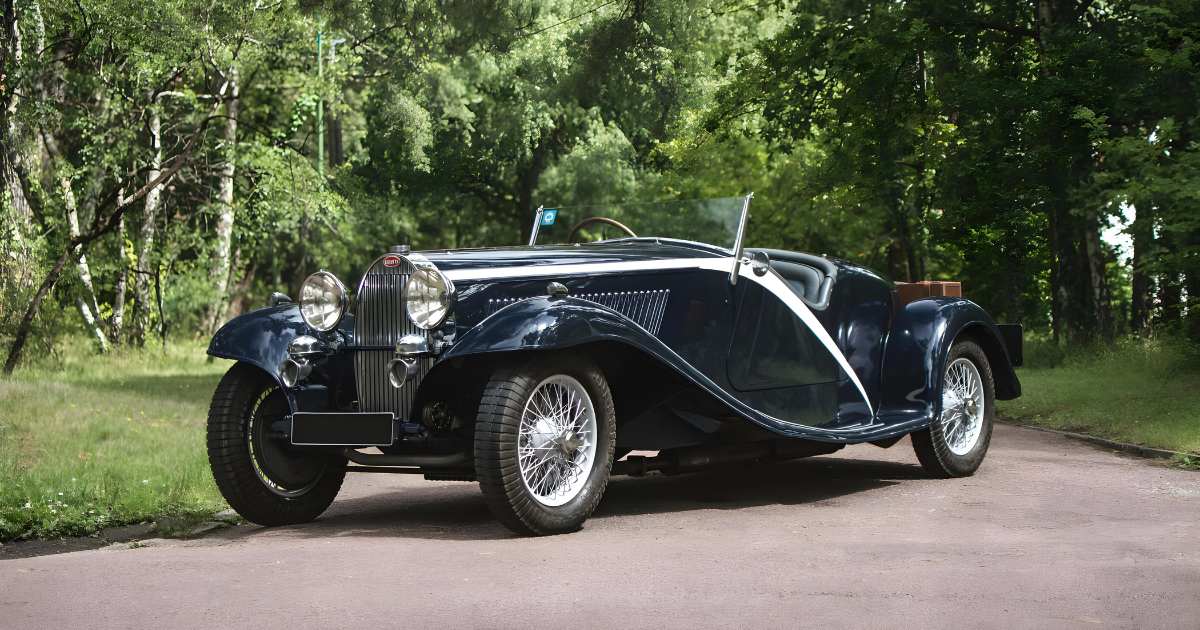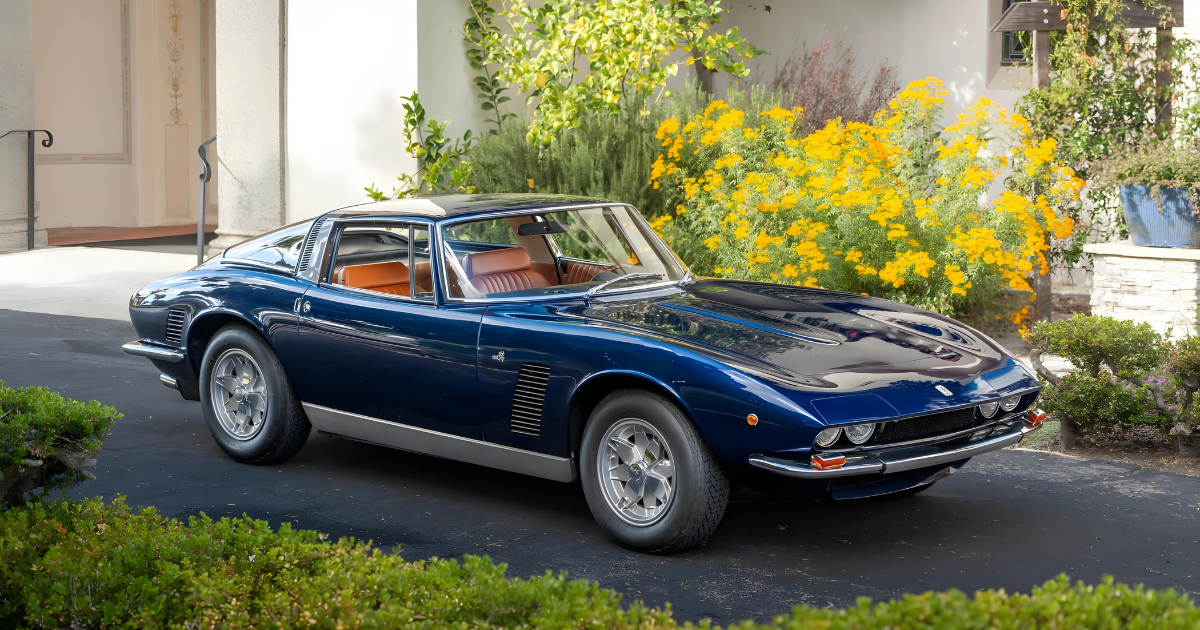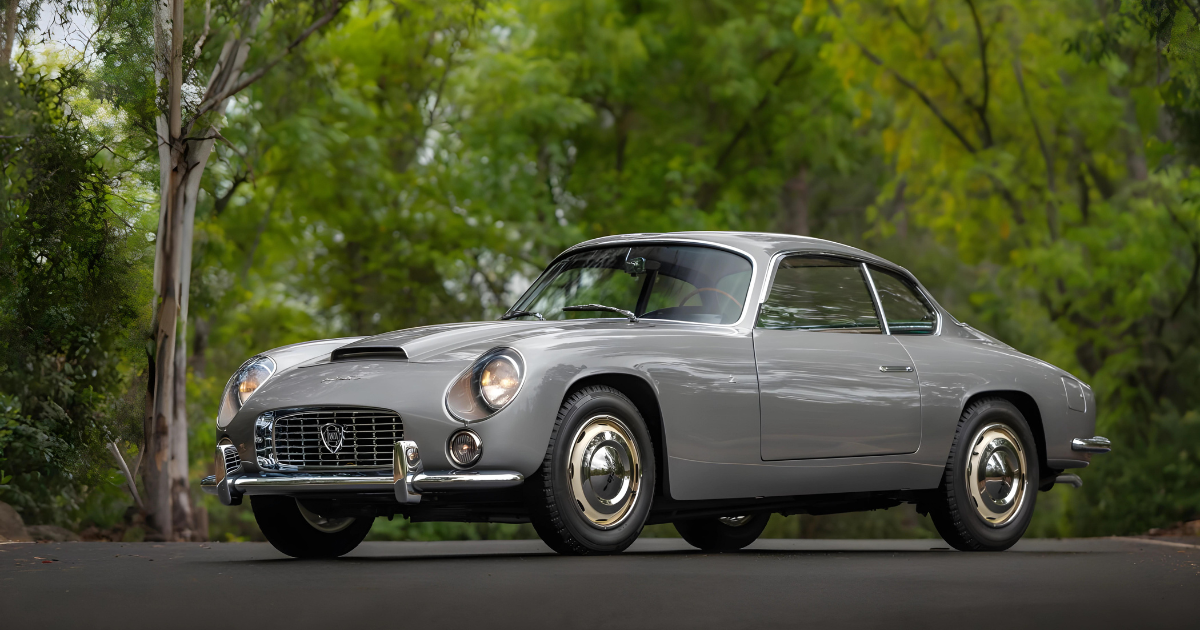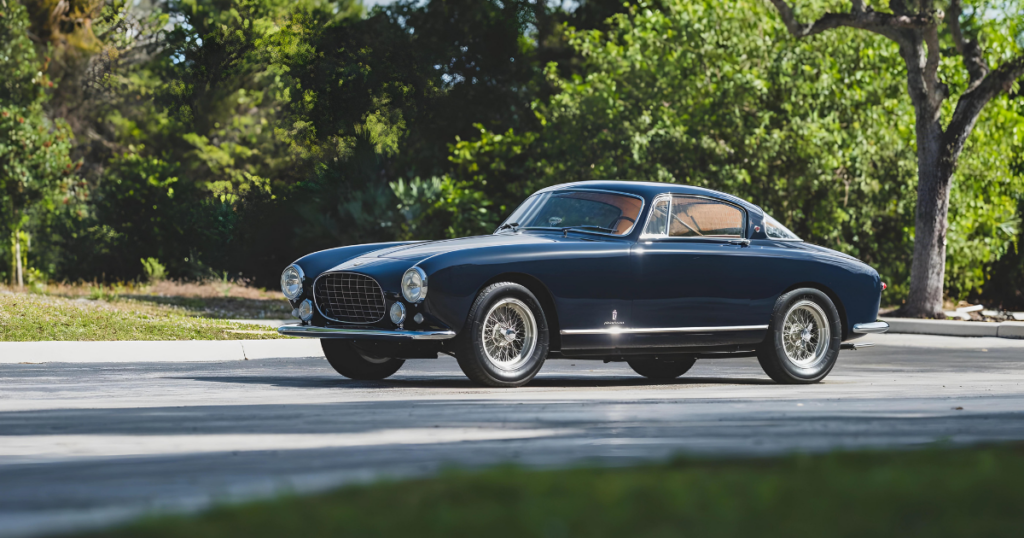
Enzo Ferrari’s journey from building V12 racing cars to creating luxurious road vehicles for discerning customers marked a significant evolution in the brand’s identity. The seeds of this transformation were sown during World War II, and in 1946, the esteemed engineer Gioacchino Colombo was entrusted with designing a compact V12 engine to power Ferrari’s new venture into the realm of luxury automobiles.
The culmination of Ferrari’s efforts came to fruition at the 1953 Paris Auto Salon, where the company unveiled two groundbreaking models: the 250 Europa, which succeeded the 212 Inter, and the larger 375 America. Among these, the 250 Europa held particular significance as it marked Ferrari’s official entry into the Gran Turismo (GT) segment—a category that would come to define the brand’s road-going legacy.
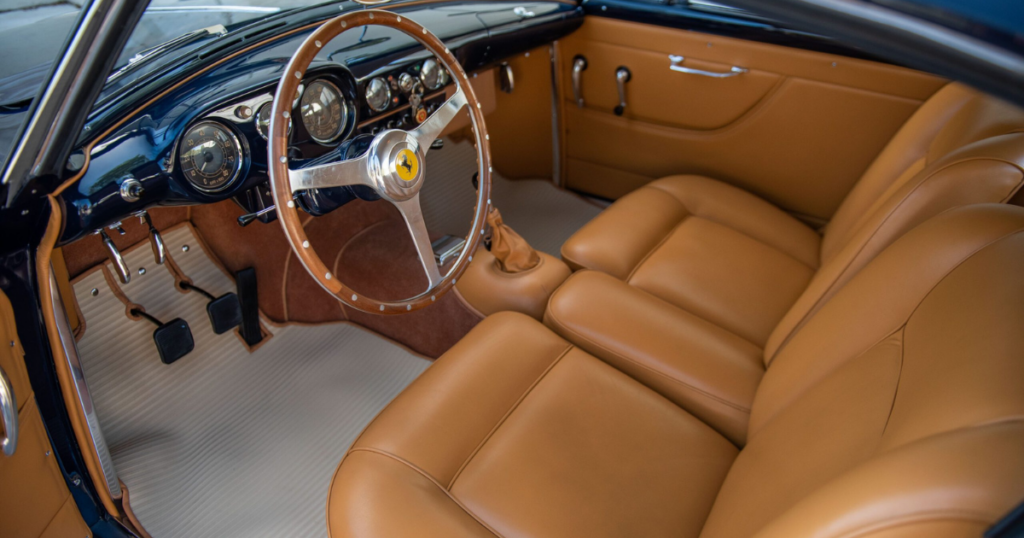
Designed by Pinin Farina, the 250 Europa’s aesthetic was characterized by a long, low hood and an oval radiator—a design language that would become synonymous with Ferrari’s GT models. This collaboration between Ferrari and Pinin Farina resulted in the creation of the elegant and refined Europa, which quickly established itself as a benchmark for future Ferrari GTs. With its blend of luxury and performance, the Europa was ideally suited for traversing the glamorous landscapes of the French Riviera, embodying the essence of automotive indulgence.
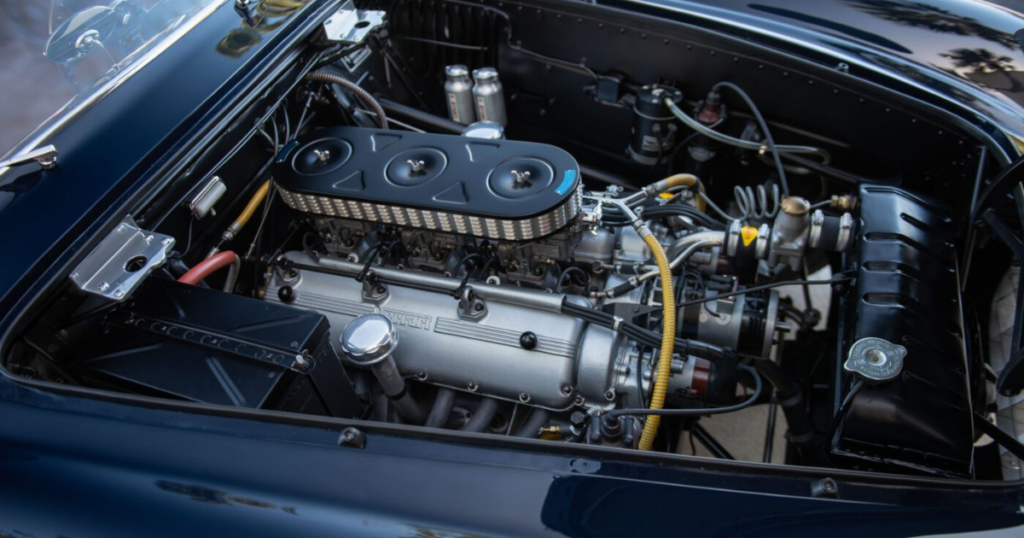
In 1954, Ferrari introduced an enhanced iteration of the Europa—the Europa GT—at the Paris Auto Salon. Building upon the success of its predecessor, the Europa GT boasted several notable upgrades. The Colombo-designed engine now delivered an impressive 220 horsepower at 6,600 revolutions per minute, providing exhilarating performance capabilities. Furthermore, a shorter wheelbase reduced the car’s weight by 10%, resulting in a higher top speed and enhanced agility on the road.

Perhaps the most significant enhancement to the Europa GT was its advanced suspension system, featuring independent coil springs and double wishbones—a technological marvel that improved handling, road holding, and ride quality. While this sophisticated suspension setup was initially only featured in a limited number of Europa GTs, its impact on the car’s performance and driving dynamics was undeniable. Additionally, the inclusion of large Alfin brake drums, reminiscent of those found in the competition-oriented Tour de France model, further augmented the Europa GT’s stopping power and overall performance capabilities.
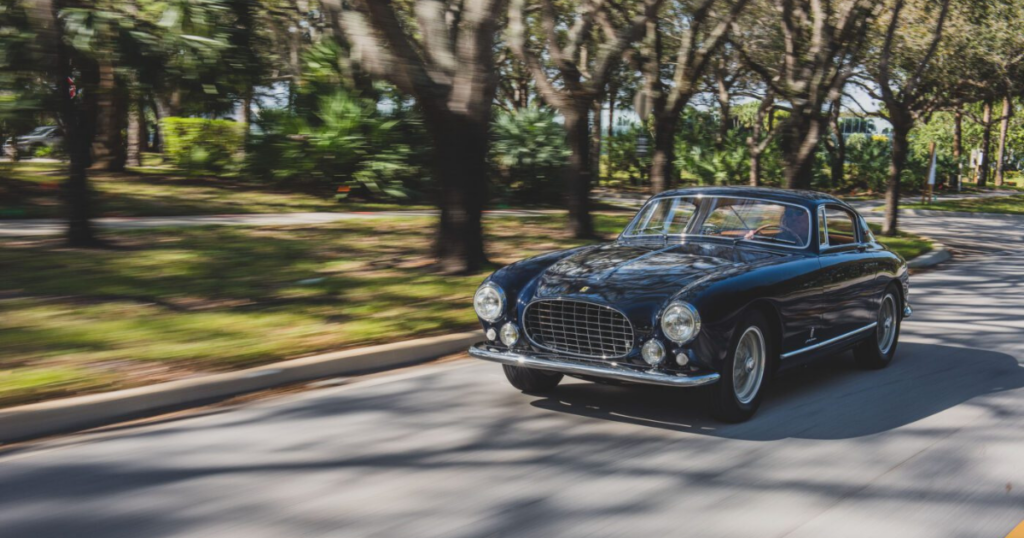
In summary, the Ferrari 250 Europa and its subsequent GT variant represented a pivotal moment in the marque’s history, marking its transition from a purveyor of racing cars to a manufacturer of luxurious GT automobiles. With their combination of exquisite design, potent performance, and cutting-edge technology, these vehicles laid the foundation for Ferrari’s enduring legacy in the world of high-performance road cars.

